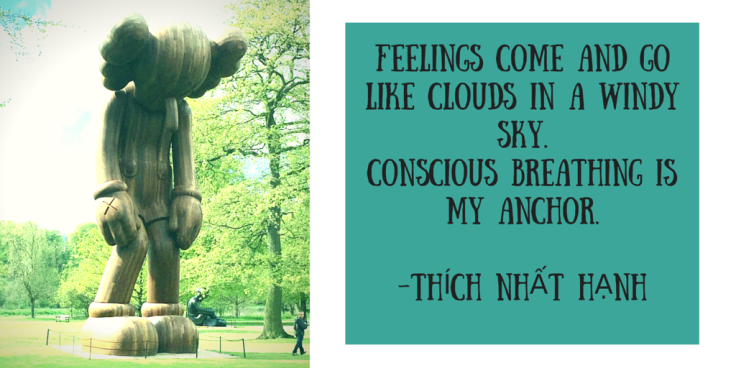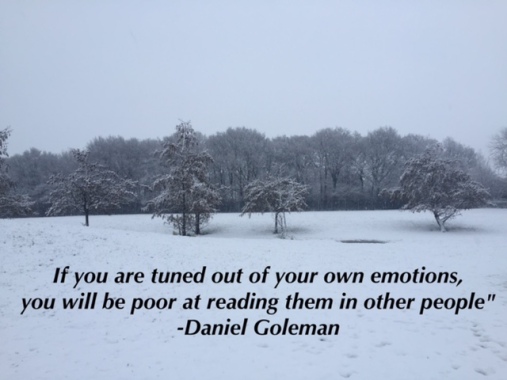
It may seem that I have been a bit quiet over the last few months.
As a full time Headteacher (Principal) in a school filled with challenges and in need of lots of TLC, I can easily become overwhelmed by the magnitude of the job.
I tend to throw my whole self into the needs of my school. My passion is deep and I fight tooth and nail for what is right for the children of my school.
I am lucky. I am not alone in my passion. I am surrounded by a group of people (staff and governors) that are equally passionate about what we are doing to change life chances for children. But, we need to take care of one another.
Top Tips for Being a Mindful Member Of a School Community
1- SMILE!
Smiling can change our brain, through this powerful feedback loop. Every day your brain keeps track of your smiles. It knows how often you’ve smiled and which overall emotional state you are in.
On average, children smile over 400 times a day. Whilst happy adults still smile 40-50 times a day, the average, however, is only about 20 times.
So, be mindful of your smiles. They are good for you and good for others.
2- CRY!
I know that for some, crying is seen as a weakness. I don’t see it as a weakness. To me it is a sign of release. I admit, I am an emotional person; always have been. I cry when I am happy, when I am sad, when I am scared, when I am mad, when I am frustrated… I think you get the idea! Crying is a release. Crying allows you to be in this moment in time and release the built up anxiety stored in your body.
A good mindfully driven team understands that and allows each other to have those moments without judgement and with understanding.
3– Show Gratitude and Spread Kindness
Take opportunities to show gratitude and spread kindness. How this looks in each school community will be different depending on the dynamics. Basically, follow the Golden Rule, “Do unto others as you would have them do unto you..” This can be as basic as a hug to as elaborate as a Basket Of Kindness (sharing basket).
4- Breathe!
Breathing is one of the most natural things a person can do and an automatic reflex that is hard wired in our brains. However, we sometimes actually forget to breathe! We hold our breathes as if this will freeze time or stop the inevitable from happening. But, the minute it takes to support a colleague in mindful breathing and a friendly reminder to BREATHE can change a situation and support more than anything else.
It becomes something like a secret code word.
5- STOP!
What people want sometimes is to be listened to with full interest and intention. Take a deep breath, look them in the eye and LISTEN to what they are saying. Don’t allow your mind to wonder and don’t start formulating a response before they finish talking. To them, what they have to say is extremely important and, many times, they don’t expect an answer or response straight away and will usually appreciate the pause that will be required to formulate your response when they are finished talking or the ability to get their troubles off their chest.
Finally, REMEMBER…
Remember that there are no PERFECT people in the world and because there are no perfect people, we can all get caught up in our own passion and despair.; we all have our own battles. A good Mindful team is one that allows for imperfections and raises up those who that need that extra care.
OUR CHILDREN ARE LOOKING AT US AS THEIR MODELS. Be a GOOD one!










